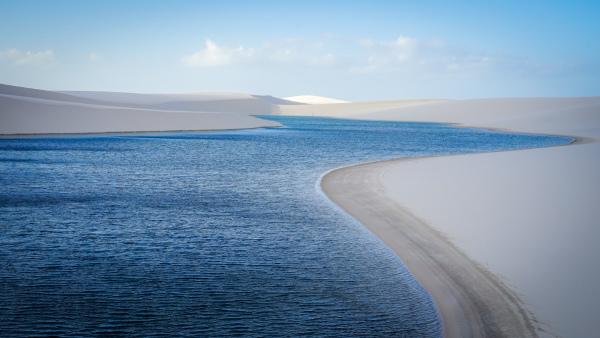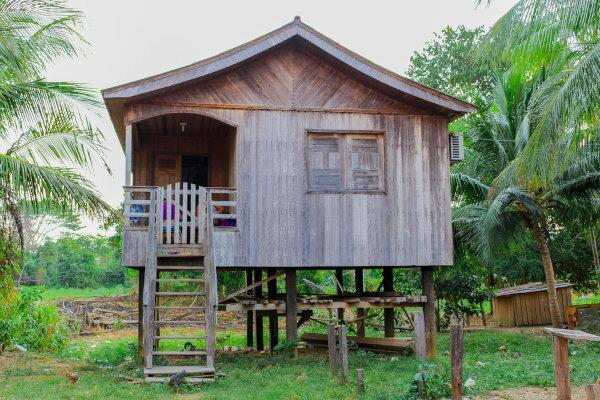It is quite recurrent, in the scope of common sense and the media, the act of understanding the Northeast region as synonymous with drought, misery and poverty. This creates a stereotype about the northeastern population, stimulating all kinds of prejudice and discrimination and reducing all ethnic plurality of this population to a single representation.
Read too:Why is there drought in the Northeast?
Is the Northeast region just dry?
In fact, this construction is a very simplistic view of reality. What really exists, we can say, is the existence of several “northeasts” within the same Northeast. This is representative not only of climate and natural issues, but also of cultural, economic, social and ethnic relations, representing a wide range of natural and human resources. Therefore, we can say:Northeast is not just dry, it's diversity.

Also, there has always been a
exaggeration of the scale of the drought problem in the Northeast. We know that this problem exists and that it is one of the most serious issues to be faced in Brazil. However, depending on the call "drought industry", there is often an exaggerated dimensioning of the problem, both geographically and semantically, in order to raise more resources to carry out investments in private means.Do not stop now... There's more after the advertising ;)
Thus, as we can see in the map below, the Northeast is not just the drought region, this being just one of its many spatialities. The region ofDrought Polygon, numerous times cartographically enlarged, has become a real fantasy, as regions with real deficit problems water (when evaporation rates are greater than rainfall rates) do not total the entire area pointed out.

Furthermore, as pointed out by some critics of the image that has been built in the Northeast in recent years years, the problem of drought in the northeastern semiarid region is not limited to the lack of water, but yes to lack of political interest. The accusations revolve around another issue that joins the drought industry: voting industry, since many politicians, in theory, benefit from the misery conditions of part of the population to grant him material goods of short duration – such as basic food baskets – in exchange for electoral support.
Read too: What are the natural beauties of the Northeast?
After all, what is the reality of the Northeast region?
In addition to this issue, the northeast region has countless beauties related to your natural resources and humans. It is not by chance that this region is one of the main tourist attractions in the country, both for its beaches and landscapes and for its cultural heritage, marked by the wealth of historic cities.

Economically speaking, the Northeast has been undergoing a line of industrialization and expansion of development. For this reason, emigration rates have been decreasing, largely as a result of the demetropolization process in Brazil and the reduction in population concentration currently underway in the Southeast region from the country.
Furthermore, the Northeast still has countless natural landscapes of rare beauty, such as Fernando de Noronha, the Lençóis Maranhenses, various cultural points of Salvador, Jericoacoara, among others, which reveals the economic potential of tourism to boost prospects locations.
By Rodolfo F. Alves Feather
Geography teacher
Would you like to reference this text in a school or academic work? Look:
PENA, Rodolfo F. Alves. "Is the Northeast just dry?"; Brazil School. Available in: https://brasilescola.uol.com.br/brasil/o-nordeste-so-seca.htm. Accessed on June 28, 2021.

